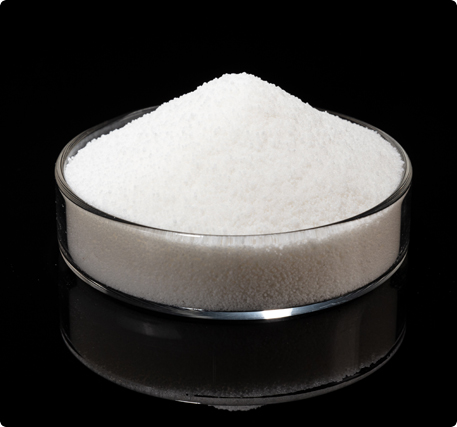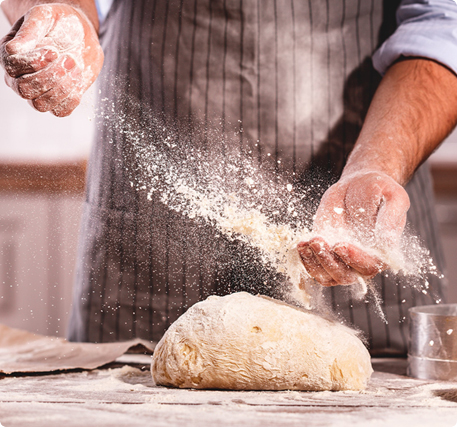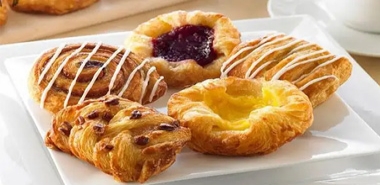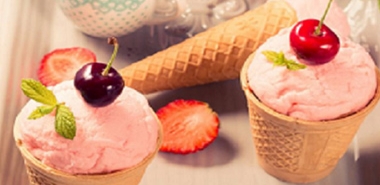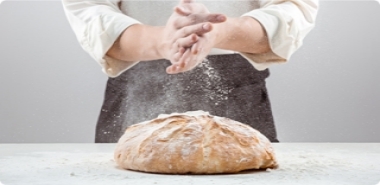Abstract:Mono Propylene Glycol is a substance commonly used as a food additive or ingredient in many cosmetic and hygiene products.The US and European food authorities have declared it as generally safe for use in foods.However, it has become controversial since it is also an ingredient in antifreeze. This had led to health concerns about possible toxic effects from eating foods that contain it.This article investigates what Mono Propylene Glycol is, why it is used and whether it is dangerous to your health.
Keywords: food ingredient Mono Propylene Glycol food health MPG
1.What Is Mono Propylene Glycol?
Mono Propylene Glycol is a synthetic food additive that belongs to the same chemical group as alcohol.It is a colorless, odorless, slightly syrupy liquid that is a bit thicker than water. It has practically no taste (1Trusted Source).Additionally, it can dissolve some substances better than water and is also good at retaining moisture. This makes it very useful as a food additive, so it can be found in a wide variety of processed foods and drinks.The Food and Drug Administration (FDA) has classified Mono Propylene Glycol as an additive that is "generally recognized as safe" for use in food. It is used to absorb extra water and maintain moisture in certain medicines, cosmetics, or food products.
Other names it is known by include:
● Propanediol
● Methyl ethyl glycol
● Trimethyl glycol
● Dihydroxypropane
Mono Propylene Glycol is sometimes confused with ethylene glycol, as both have been used in antifreeze due to their low melting points. However, these are not the same substance.Ethylene glycol is highly toxic to humans and is not used in food products.
2.Where and How Is It Used?
Mono Propylene Glycol is commonly used as an additive to aid in the processing of foods and improve their texture, flavor, appearance and shelf life.In foods, Mono Propylene Glycol may be used in the following ways:
● Anti-caking agent: It helps prevent food components from sticking to one another and forming clumps, such as in dried soups or grated cheese.
● Antioxidant: It extends the shelf life of foods by protecting them against deterioration caused by oxygen.
● Carrier: It dissolves other food additives or nutrients to be used in processing, such as colors, flavors or antioxidants.
● Dough strengthener: It modifies the starches and gluten in dough to make it more stable.
● Emulsifier: It prevents food ingredients from separating, such as oil and vinegar in salad dressing.
● Moisture preserver: It helps foods maintain a stable level of moisture and stops them from drying out. Examples include marshmallows, coconut flakes and nuts.
● Processing aid: It is used to enhance the appeal or the use of a food, for example, to make a liquid clearer.
● Stabilizer and thickener: It can be used to hold food components together or thicken them during and after processing.
● Texturizer: It can change the appearance or mouthfeel of a food.
Mono Propylene Glycol is commonly found in many packaged foods, such as drink mixes, dressings, dried soups, cake mix, soft drinks, popcorn, food coloring, fast foods, bread and dairy products .It is also used in injectable medications, like lorazepam, and in some creams and ointments that are applied to the skin, such as corticosteroids.Due to its chemical properties, it is also found in a wide variety of hygiene and cosmetic products. Additionally, it is used in industrial products like paint, antifreeze, artificial smoke and e-cigarettes .
2.1.Foods Containing Mono Propylene Glycol
Many foods containing a laundry list of ingredients also contain Mono Propylene Glycol. Some of the more common packaged foods containing it include dried soups and seasoning blends, marinades and salad dressings and baking mixes for products such as cakes, pancakes and muffins. In the beverage world, soft drinks, flavored teas, powdered drink mixes and alcoholic beverages may also contain Mono Propylene Glycol. It is also used in some flavoring extracts for baking, as well as in some types of food coloring.
Mono Propylene Glycol is also quite common in fast foods, bread-based products, highly processed snack foods, flavored popcorn and cake frosting. Pre-made, mass-distributed baked desserts such as brownies, cakes and cupcakes may also contain this chemical. Even some ice cream flavors contain Mono Propylene Glycol.
Marshmallows, dried coconut shreds and even some cans of nuts contain Mono Propylene Glycol, as it helps retain an acceptable moisture level in these foods.
3.Arguments for the Use of Mono Propylene Glycol in Food or Cosmetics
Mono Propylene Glycol as both a direct and indirect food ingredient additive is “Generally Recognized As Safe” (GRAS) by the US Food and Drug Administration (FDA). In Europe, it is only allowed to be used as a solvent or emulsifier, and must not exceed 0.45 grams per pound in the final product.
Apart from people with allergies, or cases of excessive consumption, there have been no other reported cases of its adverse or toxic effects in foods. In fact, the toxicity profile is very low, and the incidence of toxicity is rare.
In fact, most cases of toxicity resulted from high doses of medication or unusual circumstances, such as one man who drank the contents of an ice pack. To date, no reports have shown that it is linked to cancer or reproductive health concerns, and, there are no reported deaths on record from its consumption.
For more information, welcome to bookmark our website: https://www.cnchemsino.com/
Contact us for price and details : marketing@cnchemsino.com

